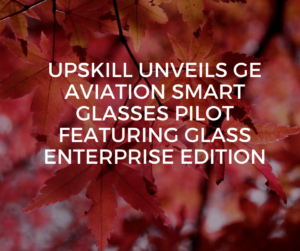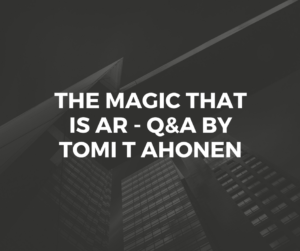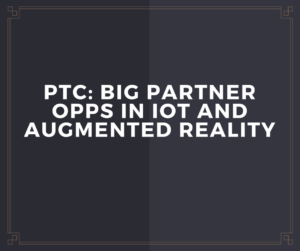How Augmented Reality Will Put People Back to Work

We’d like to draw our readers’ attention to an article on Medium.com by Amitt Mahajan “How Augmented Reality will put people back to work”. Augmented Reality has the potential to help transition displaced workers who have lost their jobs due to increasing automation. By providing a worker with just-in-time information, AR enables them to perform a variety of tasks that they may have no prior experience with. This allows workers to fluidly move from one type of job to another to maintain a stable income.
Research shows that through a combination of robotics and artificial intelligence, a large number of jobs may disappear soon. Augmented Reality (AR), however, may become the tool that delays this fate by evolving the role of workers in a post-automation world, creating opportunities for continued employment across a more diverse set of occupations.
The article talks through how AR can enable people to perform a variety unfamiliar and complex tasks. At scale, this can take a displaced workforce and immediately put people back to work performing jobs guided by AR. Many examples are provided in the article of how AR is currently being used in workplace contexts and how it might be used in the future to bring huge benefits to the world of work. Applications already exist that make it easy for remote knowledge workers to draw and instruct within an on-site technician’s field-of-vision.
AREA members ScopeAR and DAQRI are mentioned in the article for their work in bringing AR solutions to the enterprise.
AR knowledge also has the ability to adapt immediately whereas traditional training does not. The article concludes by offering the opinion that while AR isn’t a permanent solution to unemployment, it is one that could ease the transition of displaced workers. Long term, even these sorts of jobs may be automated by specialized robots. That level of automation, however, could be decades away or may never become economically viable. In the meantime, augmented reality can provide a way for the human worker to continue to be productive and a value to society.








